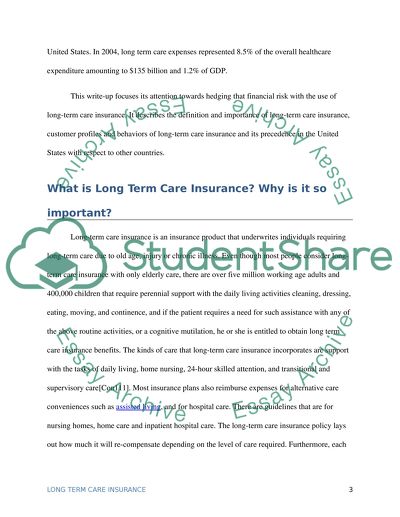Cite this document
(“Long Term Care Insurance Essay Example | Topics and Well Written Essays - 2000 words”, n.d.)
Retrieved from https://studentshare.org/health-sciences-medicine/1429037-long-term-care-insurance
Retrieved from https://studentshare.org/health-sciences-medicine/1429037-long-term-care-insurance
(Long Term Care Insurance Essay Example | Topics and Well Written Essays - 2000 Words)
https://studentshare.org/health-sciences-medicine/1429037-long-term-care-insurance.
https://studentshare.org/health-sciences-medicine/1429037-long-term-care-insurance.
“Long Term Care Insurance Essay Example | Topics and Well Written Essays - 2000 Words”, n.d. https://studentshare.org/health-sciences-medicine/1429037-long-term-care-insurance.


